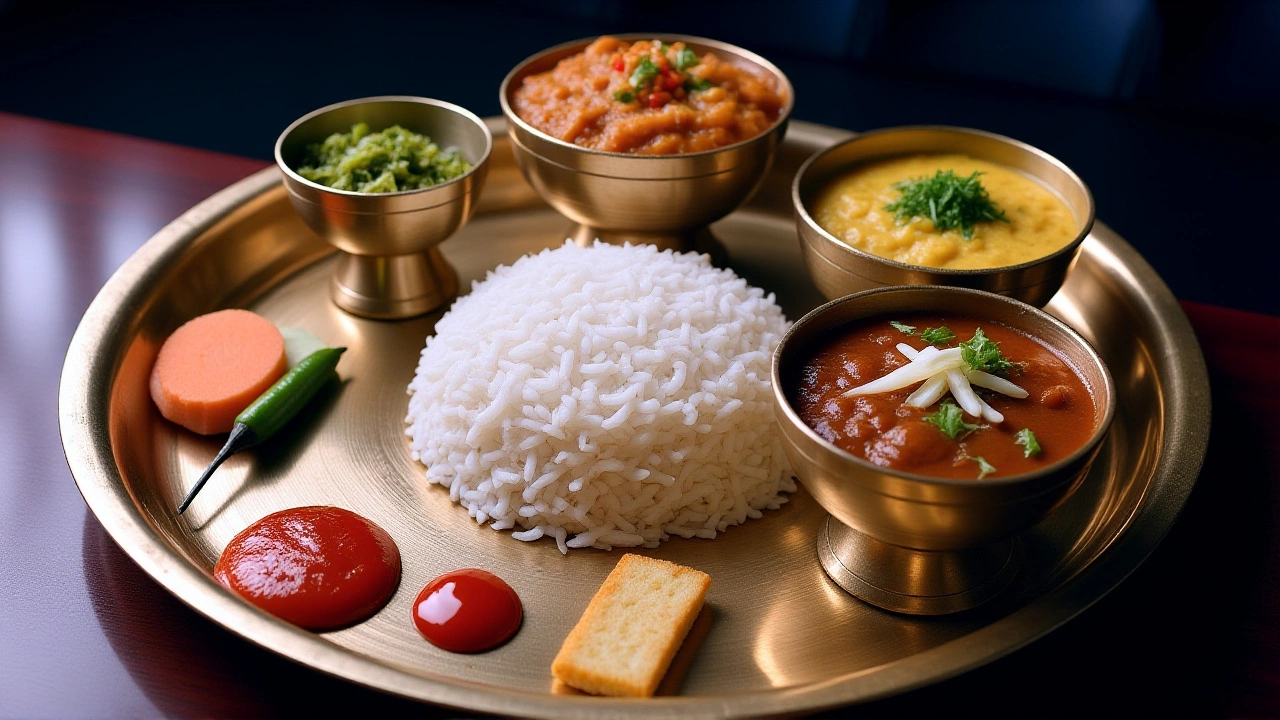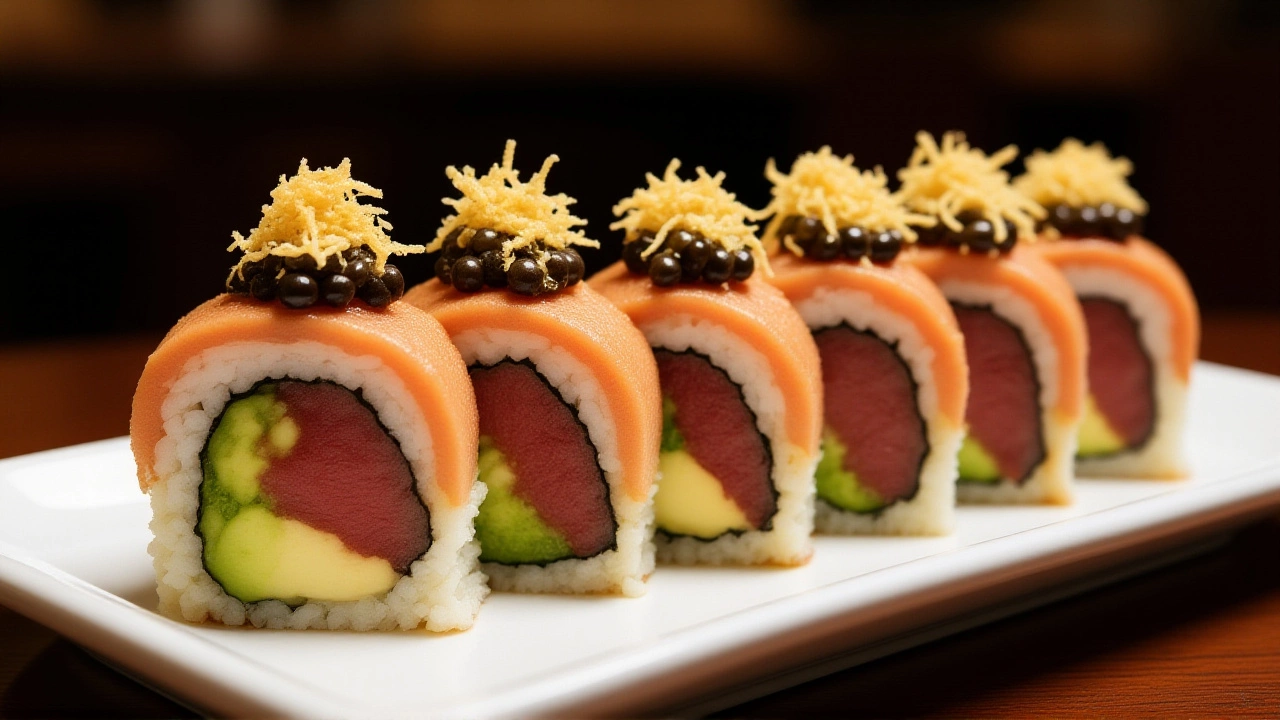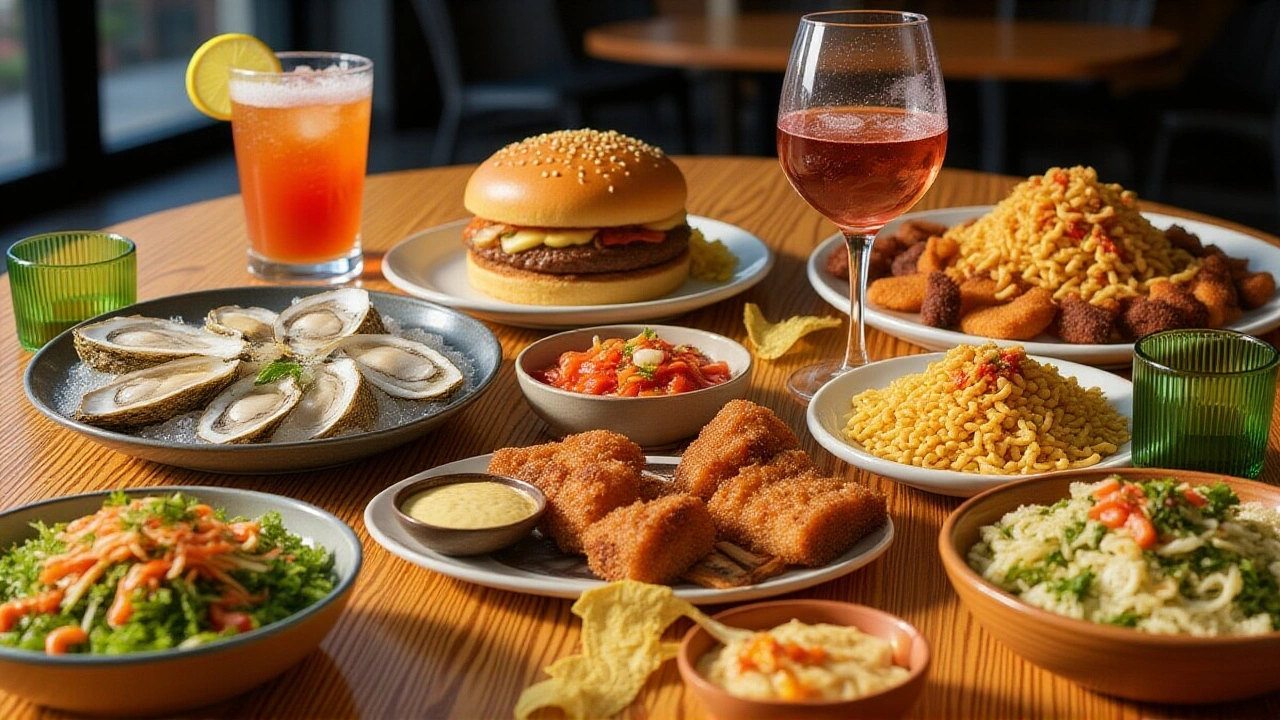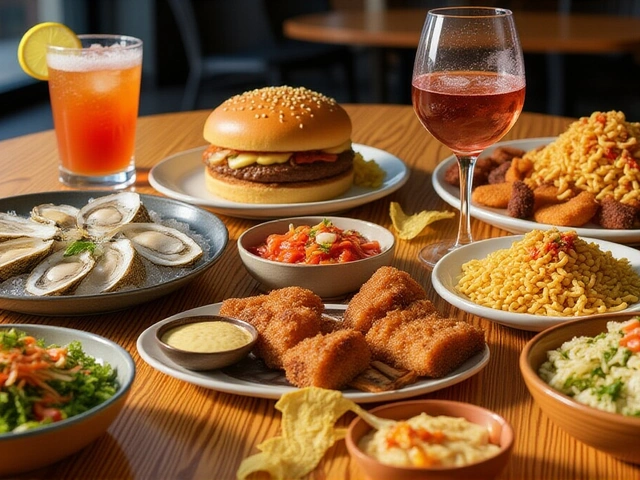Chicago’s food scene didn’t just evolve in 2025—it exploded. By November, the city had welcomed over two dozen standout new restaurants, each carving out a distinct identity in neighborhoods from West Town to Greektown. The Resy Hit List update that month confirmed what diners already knew: this isn’t a trend. It’s a transformation. And it’s happening with precision, passion, and a whole lot of huitlacoche.
The New Kings of Fine Dining
The MICHELIN Guide Chicago 2025 didn’t just add names—it redefined the city’s culinary hierarchy. Smyth, led by chefs John Shields and Karen Urie-Shields, held its three-star crown with a kelp tart filled with English pea butter and trout roe. Oriole, tucked into a converted warehouse with a freight elevator entrance, served Hokkaido uni in tartlets that felt like ocean silk. And in Uptown, Cariño, under chef Norman Fenton, stunned with a huitlacoche ravioli that tasted like earth and luxury had a baby.But the real headline? Kasama climbed from one star to two. That’s rare. That’s monumental. And it’s not just about technique—it’s about cultural authenticity. The Filipino tasting menu, with its fermented shrimp paste and slow-cooked pork belly, now sits alongside the city’s most revered French and Japanese temples.
Street-Level Brilliance: From Dicey’s to Crying Tiger
You don’t need a three-star reservation to eat like royalty. In West Town, Dicey’s Tavern—backed by the team behind Parson’s Chicken & Fish—opened as a two-story, no-fuss haven for natural wines, slushies, and shot combinations so wild they come with a warning label. Meanwhile, Crying Tiger, helmed by Thai Dang (formerly of HaiSous), became the city’s most talked-about Thai spot. Their lobster pad Thai? It’s not just good—it’s the kind of dish you text your friends about at 2 a.m. And the desserts? From Juan Gutierrez, winner of Netflix’s School of Chocolate, they’re art you can eat.At Zarella, Boka Restaurant Group’s new pizzeria, chefs Chris Pandel and Lee Wolen brought back tavern-style pizza with a soul. Thin crust? Yes. But also house-made mozzarella and a crust so crisp it cracks like winter ice. Adjacent, Matilda married Mexican and Peruvian flavors so seamlessly, their guacamole tatemado became the most photographed bite of the year.

The Neighborhood Gems You Can’t Miss
On the first floor of the Godfrey Hotel, Yasemi Modern Mediterranean glows with natural light and the scent of charred lemon. Chef George Zervakis serves fluffy pita and kebabs that taste like a Sunday morning in Thessaloniki. In Greektown, Ithaki Estiatorio imports whole fish daily from Greece and Spain, roasting them over wood fire until the skin crisps like caramel. The flaming saganaki? It’s not a show—it’s tradition.And then there’s Trino West Loop. Led by chef Stephen Sandoval, who draws from his family in Northern Mexico and Galicia, this steakhouse doesn’t use salt. It uses bolima burnt lime salt and huitlacoche Bordelaise. Yes, you read that right. Corn truffle on a ribeye. It shouldn’t work. But it does. And it’s better than anything you’ve had in a steakhouse since 2019.
What This Means for Chicago—and You
This isn’t just about new restaurants. It’s about a city finally embracing its multicultural soul on a plate. The MICHELIN Guide awarded Green Stars to Daisies and Feld—not just for sustainability, but for proving that eco-conscious dining can be wildly delicious. Meanwhile, The Infatuation and Secret Chicago documented price points that range from $25 at Kanin (where you get kalua pork bento and ube banana pudding) to $70 at Nadu (crab milagu fry, porotta, and a seven-spice Old Fashioned).For the average diner? It means choice. Real choice. You can have a $25 bento, a $70 tasting menu, or a $1,200 night at Smyth—and all of them will be unforgettable. And for the first time, Chicago doesn’t feel like it’s playing second fiddle to New York or San Francisco. It’s leading.

What’s Next?
Look for more neighborhood-driven concepts in Logan Square and Pilsen in early 2026. Several chefs are already quietly opening underground tasting rooms with no menus—just a text message and a date. And if you’re planning Thanksgiving? The Robey is already sold out for its elegant buffet. You’ll need to book now—or cook.Frequently Asked Questions
Which Chicago restaurants are worth splurging on in 2025?
For a once-in-a-lifetime experience, book at Smyth, Oriole, or Cariño—all MICHELIN three-star. Dishes like the foie gras doughnut at Smyth or the huitlacoche ravioli at Cariño redefine fine dining. Reservations open three months in advance and often sell out within minutes.
Are there affordable but exceptional new spots?
Absolutely. Kanin offers a full Hawaiian-Mexican bento for $25, including kalua pork, ube banana pudding, and matcha Kit Kats. Dicey’s Tavern serves excellent natural wines and slushies under $12. And Zarella’s tavern-style pizza runs $18—better than most New York pizzerias at twice the price.
What makes Crying Tiger stand out from other Thai restaurants?
Crying Tiger isn’t just Thai—it’s elevated Thai with precision. Chef Thai Dang uses techniques from fine dining kitchens but keeps the soul of street food. The lobster pad Thai is tossed in tamarind and palm sugar with crispy shallots, while desserts by Juan Gutierrez, winner of Netflix’s School of Chocolate, include a pandan caramel custard that melts like silk. It’s rare to find this level of creativity in Thai cuisine.
Why is Trino West Loop’s use of huitlacoche significant?
Huitlacoche, or corn truffle, is a fungal delicacy prized in Mexican cuisine but rarely seen in upscale steakhouses. Chef Stephen Sandoval uses it as a sauce instead of traditional bordelaise, pairing it with dry-aged beef. It’s a bold statement: that American steakhouse traditions can evolve without losing their soul. The dish has already inspired similar menus in Detroit and Minneapolis.
How has the MICHELIN Guide changed its approach in Chicago this year?
In 2025, MICHELIN expanded beyond French and Italian to deeply recognize Filipino, Peruvian, and Southeast Asian cuisines. Kasama’s promotion to two stars and the Green Stars for Daisies and Feld signal a shift toward cultural authenticity and sustainability. This isn’t just about technique—it’s about honoring the communities behind the food.
Is Chicago’s dining scene now on par with New York or San Francisco?
Yes—and in some ways, it’s better. Chicago offers more variety at lower price points. You can have a three-star meal at Smyth, then a $25 bento at Kanin, and a $10 cocktail at Scofflaw—all in one night. No other city balances fine dining, street food, and innovation this seamlessly. The 2025 wave proves Chicago isn’t just keeping up—it’s setting the pace.








Write a comment